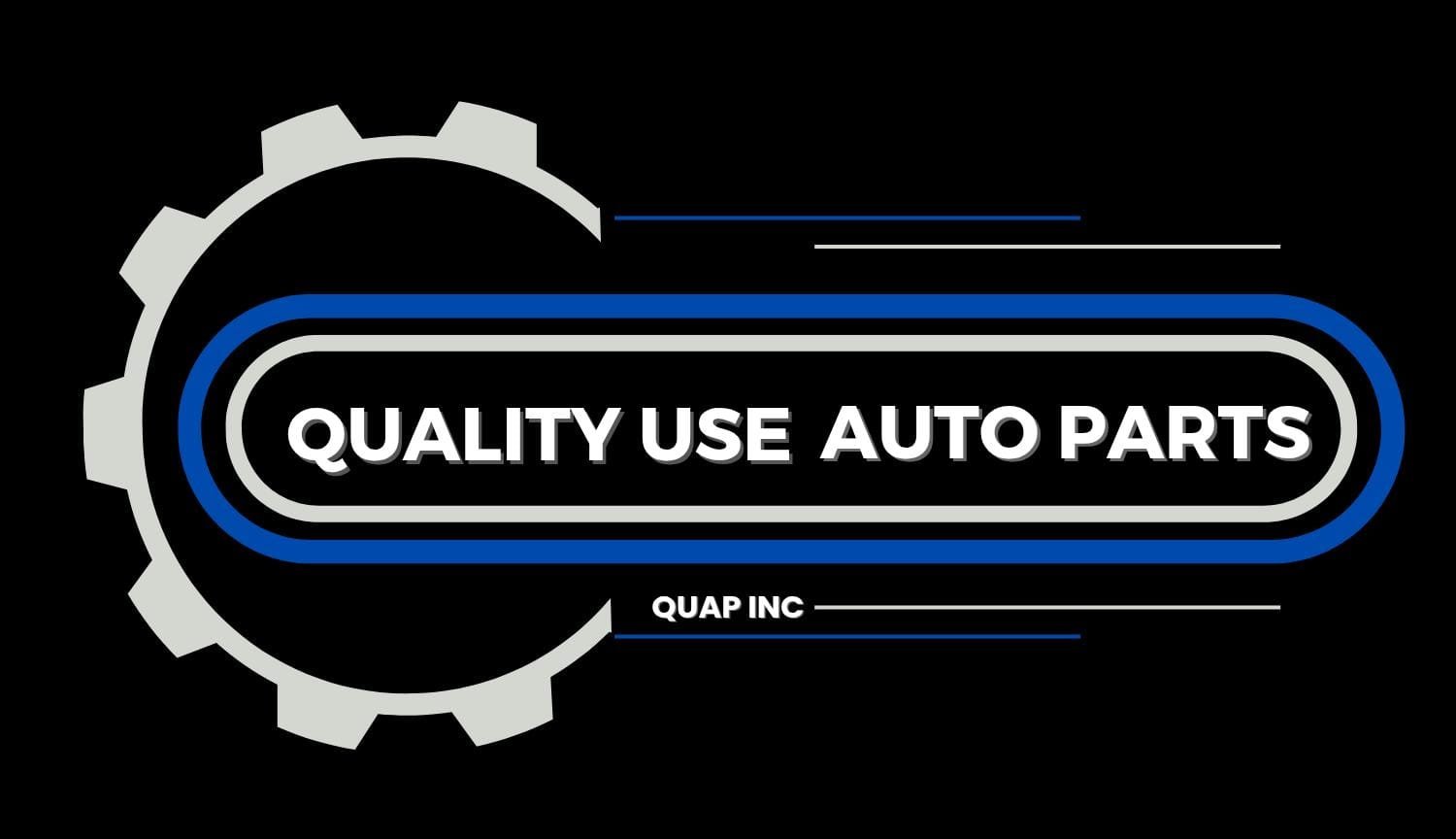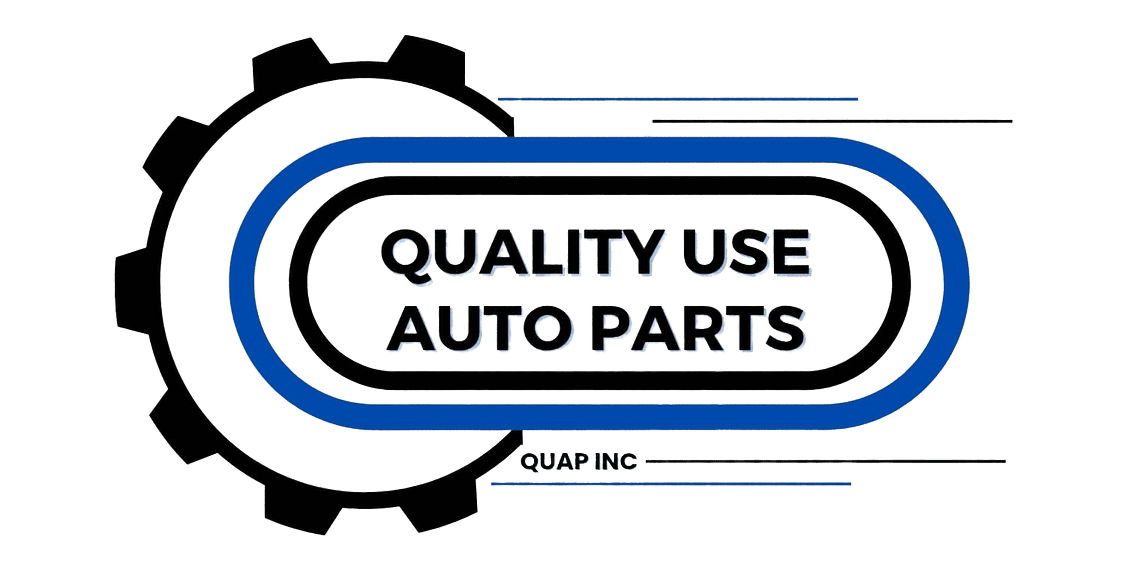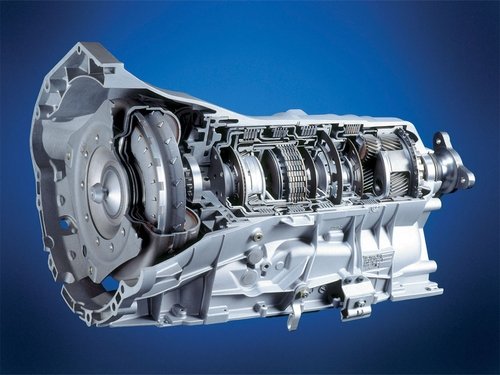- Offers on all Live Inventory!
- Perfect Fit + Guaranteed Delivery
- Quality Tested Auto Parts | Get Free Shipping on ABS.
$0.00
Unlocking Value: Your Ultimate Guide to Finding Quality Used Transmissions Near You!
Understanding the Importance of Quality Transmissions
When it comes to the overall health and functionality of your vehicle, the transmission plays a pivotal role. This complex component is responsible for transferring power from the engine to the wheels, allowing your vehicle to move forward or backward. A well-maintained transmission ensures smooth gear shifts, optimal fuel efficiency, and a prolonged lifespan for your car. On the other hand, a faulty transmission can lead to a myriad of problems, from erratic shifting and reduced performance to complete vehicle breakdowns. Therefore, investing in a quality transmission is crucial for maintaining your vehicle’s reliability and performance.
Understanding the importance of a quality transmission also means recognizing the signs of potential issues. Common symptoms of transmission problems include slipping gears, delayed engagement when shifting, unusual noises, and transmission fluid leaks. If you notice any of these warning signs, it’s essential to address the problem promptly to avoid more significant damage and costly repairs. Regular maintenance and timely replacement of worn-out components can help prevent transmission failure and keep your vehicle running smoothly.
Opting for a quality used transmission can be a cost-effective solution when faced with the need for a replacement. Used transmissions, often sourced from salvaged or Yards, offer a more affordable alternative to brand-new units without compromising on performance. However, not all used transmissions are created equal, so it’s important to know what to look for and where to find reliable options. This guide will walk you through the process of finding and assessing quality used transmissions, ensuring you make an informed decision that benefits both your vehicle and your wallet.
Top Places to Find Quality Used Transmissions
Finding a quality used transmission requires a bit of research and knowledge about where to look. One of the most common and reliable sources for used transmissions is local salvage yards or auto recyclers. These establishments specialize in dismantling vehicles and salvaging usable parts, including transmissions. Salvage yards often have a wide selection of transmissions from various makes and models, and their experienced staff can help you find the right fit for your vehicle. Additionally, purchasing from a reputable salvage yard can provide some assurance of the transmission’s condition and history.
Another excellent resource for finding used transmissions is online marketplaces and classified ads. Websites like eBay, Craigslist, and Facebook Marketplace offer a platform for individuals and businesses to sell used auto parts, including transmissions. While online shopping provides the convenience of browsing from home, it also requires due diligence. Be sure to ask for detailed information about the transmission, including its mileage, condition, and any warranties or return policies. Look for sellers with positive reviews and ratings to increase your chances of a successful transaction.
Auto parts stores and specialized transmission shops are also worth exploring when searching for a used transmission. Many of these establishments offer rebuilt or remanufactured transmissions, which have been thoroughly inspected, cleaned, and refurbished to meet or exceed original specifications. While these options may come at a higher price than those from salvage yards, they often include warranties and professional installation services, providing added peace of mind. Additionally, transmission shops can offer expert advice and recommendations based on your specific needs and budget.
Questions to Ask When Buying a Used Transmission
When purchasing a used transmission, asking the right questions is crucial to ensure you get a reliable and compatible component for your vehicle. Start by inquiring about the transmission’s history, including its mileage, previous ownership, and any known issues or repairs. Understanding the transmission’s past can give you insight into its overall condition and potential longevity. Additionally, ask if the transmission has been tested or inspected, and request documentation or proof of any testing performed.
Another important question to ask is whether the transmission comes with a warranty or return policy. A warranty can provide valuable protection in case the transmission fails or has defects after installation. Be sure to understand the terms and conditions of the warranty, including its duration and any limitations. A return policy can also offer peace of mind, allowing you to return the transmission if it doesn’t meet your expectations or is incompatible with your vehicle. Clarifying these details upfront can help you avoid potential headaches and additional costs down the road.
Finally, don’t hesitate to ask about the transmission’s compatibility with your vehicle. Provide the seller with your vehicle’s make, model, year, and any other relevant information to ensure the transmission is a suitable match. Some transmissions may require additional modifications or components to work correctly with your vehicle, so understanding any compatibility issues beforehand is essential. By asking these questions and gathering as much information as possible, you can make a well-informed decision and increase your chances of finding a quality used transmission that meets your needs.
Assessing the Condition of Used Transmissions
One of the most critical steps in purchasing a used transmission is assessing its condition to ensure it will serve you well. Start by conducting a visual inspection of the transmission. Look for signs of damage, excessive wear, or leaks. Pay close attention to the transmission housing, seals, and gaskets. Any visible cracks or leaks can indicate potential problems and should be a red flag. Additionally, check the condition of the transmission fluid. Clean, reddish fluid is a good sign, while dark or burnt-smelling fluid can indicate internal issues.
Beyond the visual inspection, it’s essential to verify the transmission’s operational history. Ask the seller if the transmission has been tested or if they can provide a record of its performance. Some sellers may offer a video of the transmission in operation, demonstrating that it shifts smoothly and operates correctly. If possible, have a trusted mechanic or transmission specialist inspect the unit before purchase. Their expertise can help identify any hidden issues that may not be apparent during a basic inspection.
Another key aspect of assessing a used transmission is understanding its mileage and usage history. A transmission with lower mileage is generally more desirable, as it likely has less wear and tear. However, mileage alone isn’t the only factor to consider. How the vehicle was driven and maintained also plays a significant role in the transmission’s condition. Transmissions from vehicles that were well-maintained and used primarily for highway driving may be in better shape than those from vehicles subjected to heavy towing or frequent stop-and-go traffic. Gathering as much information as possible about the transmission’s history can help you make a more informed decision.
Navigating Warranties and Return Policies
When purchasing a used transmission, navigating warranties and return policies is a crucial step to protect your investment. A warranty can provide valuable coverage in case the transmission fails or has defects after installation. It’s important to understand the terms and conditions of the warranty, including its duration, what is covered, and any limitations or exclusions. Some warranties may cover parts only, while others may include labor costs for repairs or replacements. Be sure to ask for a written copy of the warranty and review it carefully before making a purchase.
Return policies are another critical aspect to consider when buying a used transmission. A return policy allows you to return the transmission if it doesn’t meet your expectations or is incompatible with your vehicle. Ask the seller about the return policy’s duration and any conditions that must be met for a return to be accepted. Some sellers may require the transmission to be returned in its original condition, while others may have restocking fees or other requirements. Understanding the return policy can help you avoid potential issues and ensure you have a recourse if the transmission isn’t suitable.
In addition to warranties and return policies, it’s also worth considering any additional protections or guarantees offered by the seller. These additional protections can provide added peace of mind and help you feel more confident in your decision. By thoroughly understanding the warranties, return policies, and any other protections available, you can make a more informed and secure purchase of a used transmission.
Mastering Negotiation Tactics
Negotiating the price of a used transmission can be a valuable skill that helps you secure the best deal possible. Start by doing your homework and researching the average market prices for the specific transmission you need. Having a clear understanding of the fair market value will give you a solid foundation for negotiation and help you identify reasonable offers. Be prepared to share your research with the seller to support your proposed price and demonstrate that you are an informed buyer.
When negotiating, it’s essential to approach the conversation with confidence and professionalism. Begin by making a reasonable initial offer based on your research, and be prepared to justify your offer with facts and data. It’s important to remain polite and respectful throughout the negotiation process, as building a positive rapport with the seller can increase your chances of reaching an agreement. If the seller counters with a higher price, consider negotiating additional benefits, such as a longer warranty or free delivery, to enhance the overall value of the deal.
Another effective negotiation tactic is to be willing to walk away if the terms are not favorable. Let the seller know that you have other options and are considering multiple offers. This approach can create a sense of urgency and motivate the seller to be more flexible with their pricing. However, it’s important to be genuine in your willingness to walk away, as empty threats can damage your credibility. By mastering these negotiation tactics, you can secure a quality used transmission at a price that fits your budget.
DIY Installation vs. Professional Installation
Deciding between DIY installation and professional installation of a used transmission is a significant consideration that can impact the overall success of the replacement. For those with mechanical expertise and the necessary tools, DIY installation can be a cost-effective option. Installing the transmission yourself allows you to save on labor costs and gain a deeper understanding of your vehicle’s mechanics. However, it’s important to recognize the complexity of the task and ensure you have the skills and knowledge required to complete the installation safely and correctly.
Professional installation, on the other hand, offers several advantages, particularly for those who may not have extensive mechanical experience. Certified mechanics have the expertise and equipment needed to install the transmission accurately and efficiently. They can also identify and address any additional issues that may arise during the installation process. While professional installation comes with a higher upfront cost, it provides peace of mind and reduces the risk of errors that could lead to further damage or costly repairs.
Ultimately, the decision between DIY and professional installation depends on your comfort level, experience, and budget. If you choose to go the DIY route, be sure to thoroughly research the installation process, gather all necessary tools and parts, and follow detailed instructions to ensure a successful outcome. For those who prefer the assurance of professional installation, seek out reputable mechanics or transmission shops with positive reviews and a track record of quality work. By carefully considering your options, you can make an informed decision that best suits your needs and ensures a successful transmission replacement.
Maintaining Your Used Transmission
Once you’ve successfully installed a used transmission, proper maintenance is key to ensuring its longevity and performance. Regular maintenance can help prevent potential issues and extend the life of your transmission. Start by following the manufacturer’s recommended maintenance schedule, which typically includes regular fluid checks and changes. Transmission fluid plays a crucial role in lubricating and cooling the transmission, so keeping it clean and at the proper level is essential.
In addition to fluid maintenance, pay attention to any signs of transmission problems, such as unusual noises, slipping gears, or delayed shifting. Addressing these issues promptly can prevent more significant damage and costly repairs. Regularly inspect the transmission for leaks and ensure that the transmission cooler and lines are in good condition. Keeping the transmission clean and free of debris can also help maintain its performance and prevent overheating.
Another important aspect of maintaining your used transmission is adopting good driving habits. Avoid aggressive driving, excessive towing, and overloading your vehicle, as these actions can put additional strain on the transmission. Instead, practice smooth and gradual acceleration and deceleration to reduce wear and tear. By following these maintenance tips and driving practices, you can maximize the lifespan and reliability of your used transmission, ensuring your vehicle continues to perform at its best.
Conclusion: Unlocking Unbeatable Value and Reliability
In conclusion, finding a quality used transmission near you can be a rewarding and cost-effective solution to transmission troubles. By understanding the importance of a reliable transmission, exploring top places to find used options, and asking the right questions, you can make an informed decision that benefits both your vehicle and your wallet. Assessing the condition of used transmissions, navigating warranties and return policies, and mastering negotiation tactics further enhance your chances of securing a great deal.
Whether you choose DIY installation or professional assistance, proper maintenance is key to ensuring the longevity and performance of your used transmission. By following the manufacturer’s recommended maintenance schedule, addressing issues promptly, and adopting good driving habits, you can maximize the lifespan and reliability of your transmission. With the right approach and knowledge, you can unlock unbeatable value and reliability, revitalizing your ride and enjoying a smoother driving experience.
So, grab your toolbox and get ready to embark on the journey of finding a quality used transmission. With the tips and insights provided in this ultimate guide, you’ll be well-equipped to navigate the process and make a confident and informed decision. Whether you’re a DIY enthusiast or simply looking to save money on your next vehicle repair, a quality used transmission is just around the corner with Quality Use Auto Parts, waiting to unlock unbeatable value and reliability for your vehicle.
Posts Widget
Join our newsletter for Free
Get our emails for info on new items, sales and much more.
Register now to get latest updates on promotions & coupons. Don’t worry, we dont spam!
At QUAP, we don’t just sell used auto parts—we deliver value, reliability, and a seamless shopping experience that you can trust.
Need Help?
+1 (210) 401-0405
Monday – Friday: 9:00 AM to 5:30 PM
Saturday: 11:00 AM to 2:00 PM
Copyright 2025 © All right reserved by Quality Use Auto Parts








